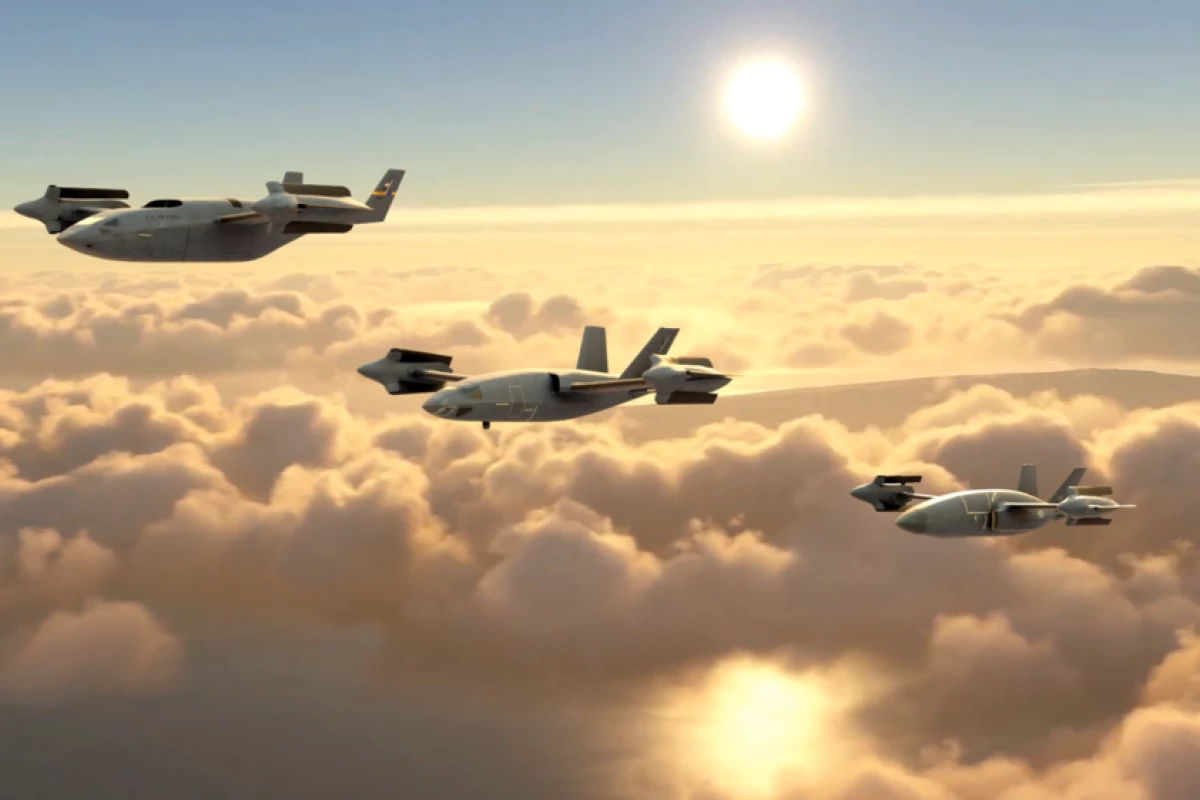Bell has revealed its latest design concepts for the next generation of military rotorcraft using its High-Speed Vertical Take-Off and Landing (HSVTOL) technology. The goal is to explore the future capabilities of next-generation military vertical lift aircraft.
In May 2021, the US Air Force Research Laboratory (AFRL) signed a contract with Bell to conduct research into developing aircraft with HSVTOL capabilities for better speed, range, and survivability features. No details of what this entailed were released at the time, but now Bell has shed some light on the project.
Based on a released image and a patent applied for by Bell, the new aircraft concepts look similar to a Bell Boeing V-22 Osprey tilt-rotor, but where the Osprey simply rotates its propulsion nacelles from vertical to horizontal in different flight modes, the Bell concept switches to jet power in horizontal flight as the rotor blades fold back out of the way into the nacelles.
According to Bell, the new configuration would produce less downwash, be able to cruise at speeds of over 400 kt (460 mph, 740 km/h), can take off and land without a conventional runway, and can be scaled to meet specific missions with a gross weight from 4,000 to 100,000 lb (1,800 to 45,000 kg). The released image also suggests that the concepts include stealth capabilities and would offer both crewed and uncrewed configurations.
"Bell’s HSVTOL technology is a step change improvement in rotorcraft capabilities," says Jason Hurst, vice president, Innovation. "Our technology investments have reduced risk and prepared us for rapid development of HSVTOL in a digital engineering environment, leveraging experience from a robust past of technology exploration and close partnerships with the Department of Defense and Research Laboratories.”
Source: Bell





